Context
- 13 week senior undergrad design project in contract with Arc'teryx in Vancouver, Canada.
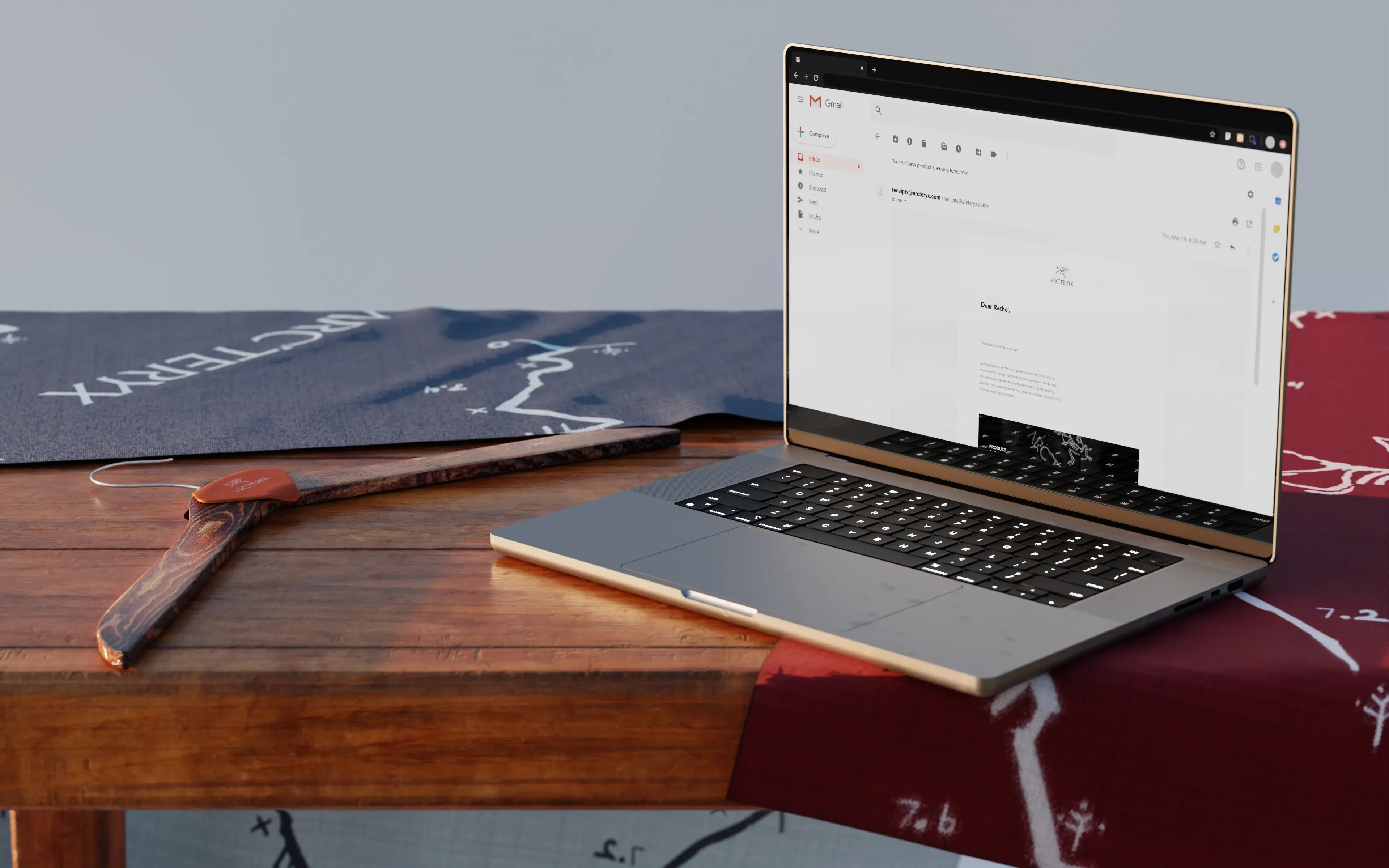
I conducted in-person ethnography, research and interviews. I led design process for the product care accessories and executed their final visualisations. Co-designed graphic posters & slide decks.
Conduct user research & ethnography to identify customer+client problems. Develop a proposal that uses UX & service design process to address and solve the problem. We worked with two Vancouver Arc'teryx branches, and the post-sales team at Arc'teryx HQ.
Based in Vancouver with brand stores in Asia and Europe, Arc'teryx's considers itself a design company first. The brand is committed to its goals of sustainability through its manufacturing as well as its durability-focused design and extensive repair policy.
We want to minimize our impact environmentally as much as possible and make sure that we build products to last a really, really long time.

Based on our ethnographic research and user interviews, we identified common patterns around product care. You can read more about the process later on.
Customers believe it is damaging to machine wash or dry their garments
Customers believe that Arc'teryx’s reputation for quality and the high price point mean that products do not need care.
Customers, (particularly those exclusively online) are unaware of proper product care procedures and available educational content, even after being provided initial opportunities to learn.
A series of product care accessories that act as physical reminders for Arc'teryx product care
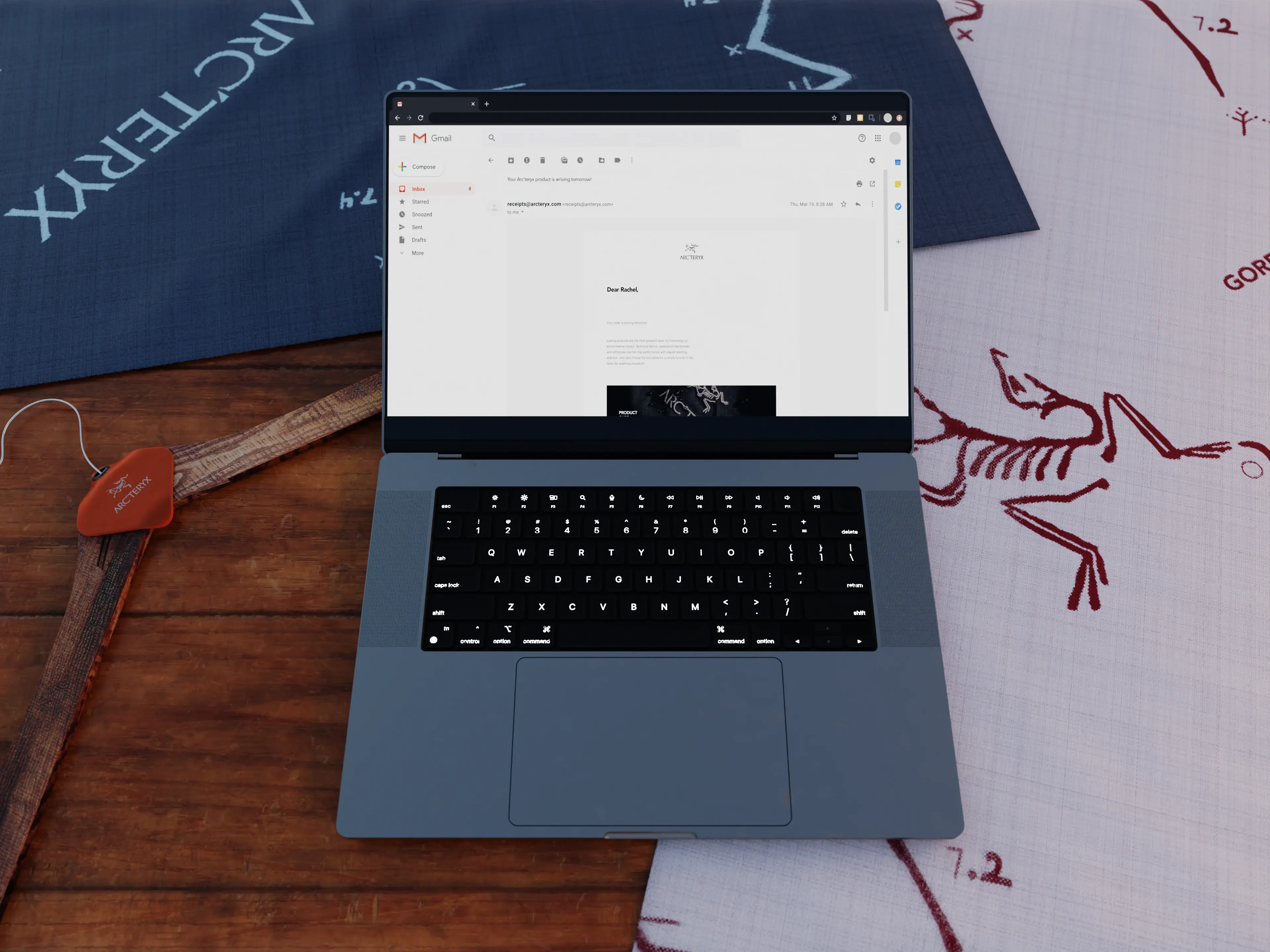
Convey product care importance while dispelling misconceptions, particularly for customers with limited touchpoints with Arc'teryx.
In-person, customers are provided an option to receive a collectable gift with their purchase. This gift is a physical reminder of Arc'teryx product care. For online customers, they can choose a product care gift at checkout.
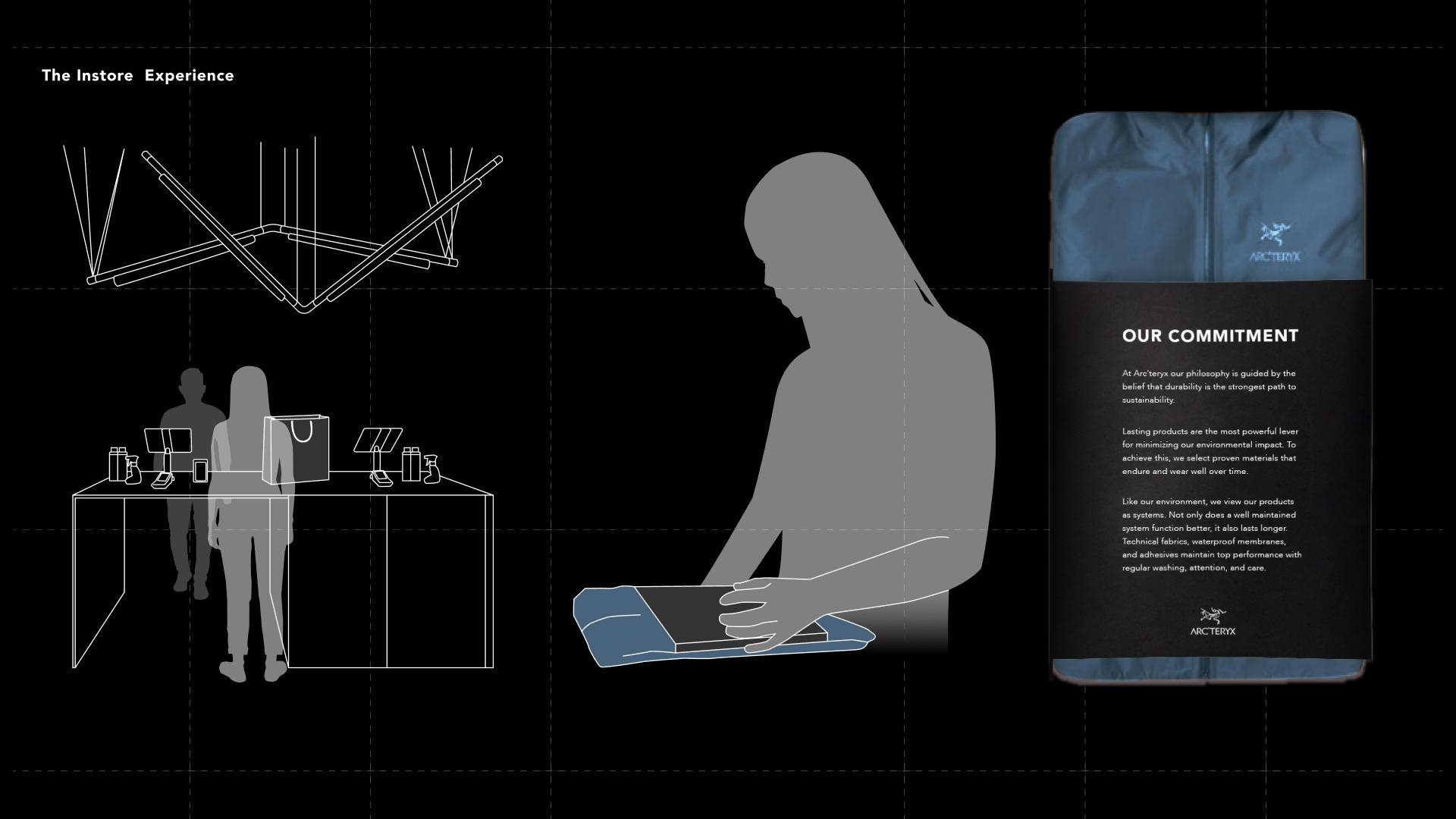

An email with product care links will be sent to users who are expecting to receive their gift soon. We want users to have product care on their minds even before the product arrives.

Our research shows that physical items act as effective habit building triggers







The Laundry Day Magnet accessory is a reflexive product care guide with care instructions on the fabric. The grommet/loop is magnetic, allowing users to stick it on their laundry machines. The loop also allows users to hang the magnet on their coat hangers or wall hooks in case they don't do in-house laundry.

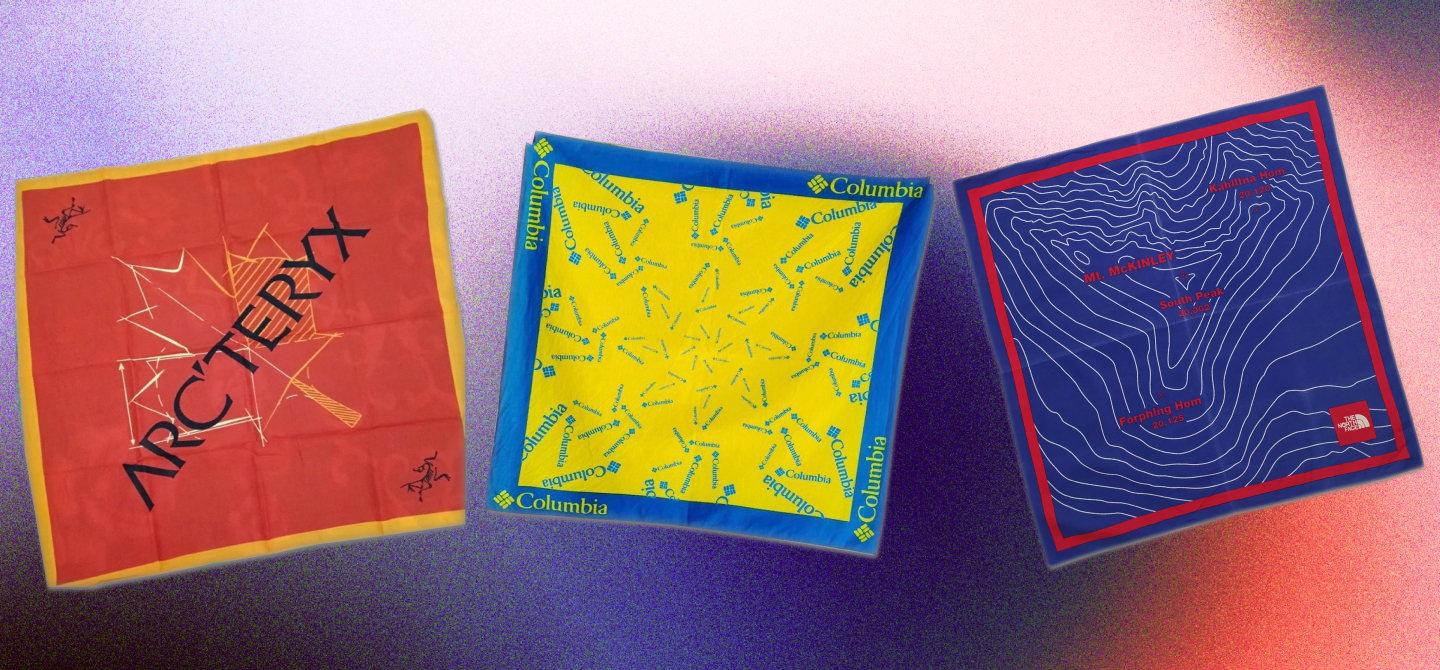

As a regularly used and washed garment for hikers, the Trail Bandana accessory act as physical reminders of product care. The front side uses hiking trail patterns related to international brand store locations to provide aspirational value alongside the functional value of the product. The backside is printed with product care instructions to guide users as they build out



Longevity of garments leading to more brand trust and loyalty. Reduced environmental impact through fewer garment replacements.



I began my research by visiting and observing each store across Metro Vancouver to understand their unique positioning while in contact with the store manager and marketing leads. We took field notes, photos, and conducted interviews with sales reps regarding customer-employee interactions.
We then visited power users of Arc'teryx in their homes to understand how they took care of their gear, and their lived experience with their garments.


To attain a nuanced understanding of Arc’teryx customers we conducted 8 qualitative interviews seeking to understand motivations, behaviors, and rituals. These included outdoor enthusiasts, urban commuters, techwear fans, and casual shoppers.




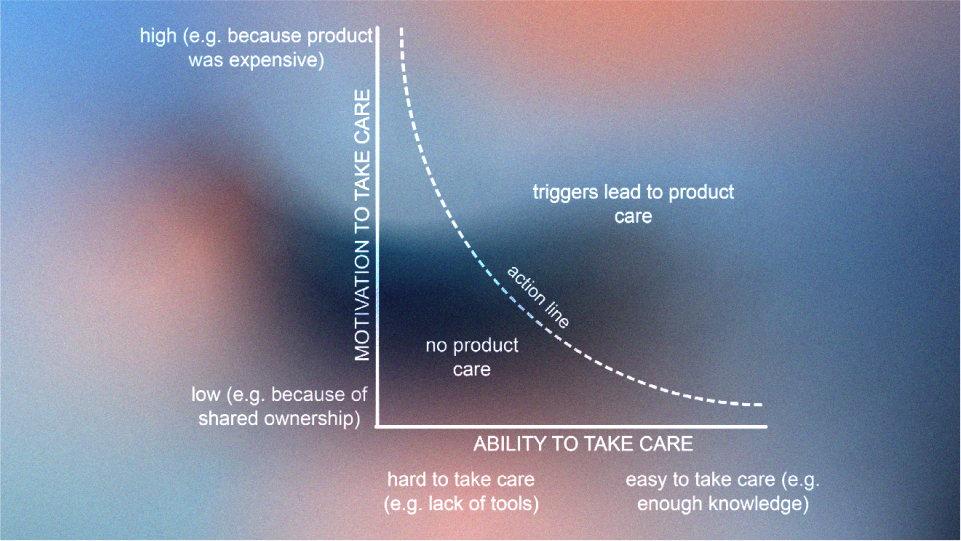

We decided on physical products rather than a digital intervention for two reasons:
Primary research showed that customers valued and kept artifacts such as packaging and tokens from brands like Arc'teryx. Therefore a free accessory would have a more permanent place in the user's life.
Secondary research showed that product care behaviour resulted from the confluence of three factors:
motivation (if people want to do it)
ability (if people can do it)
triggers (a stimulus that provokes them to do it)
The physical accessories are triggers, while also being a delightful item to have around, versus annoying digital notifications.
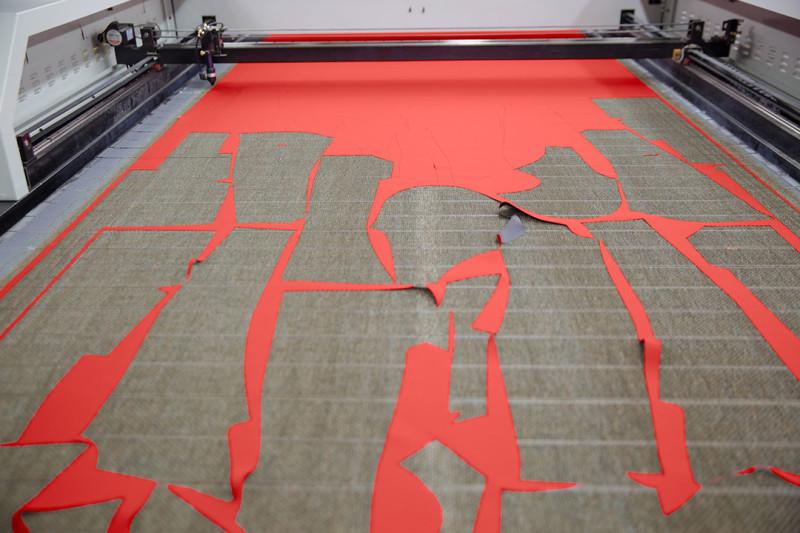

I designed the accessories with fabric to both remind customers of their garments, as well as make use of scrap Gore-tex fabric from Arc'teryx production, furthering Arc'teryx's sustainability goals.
